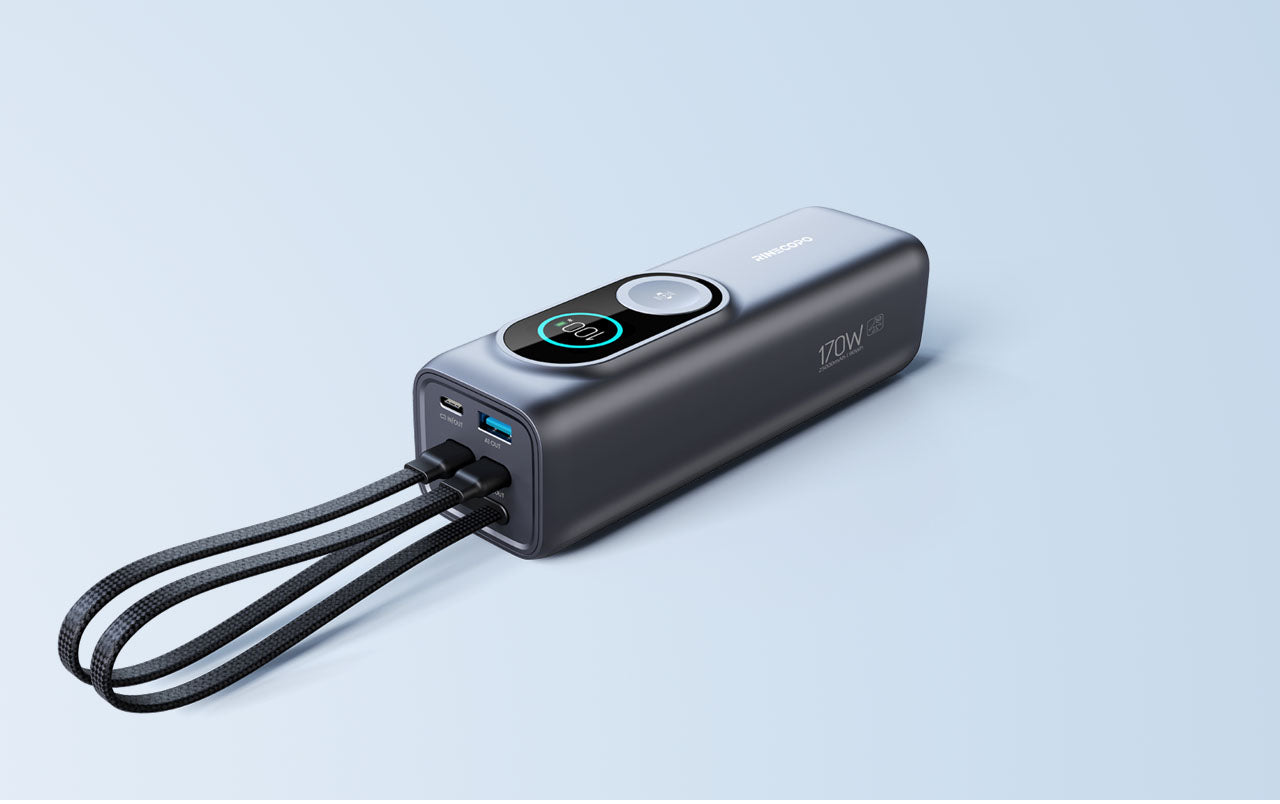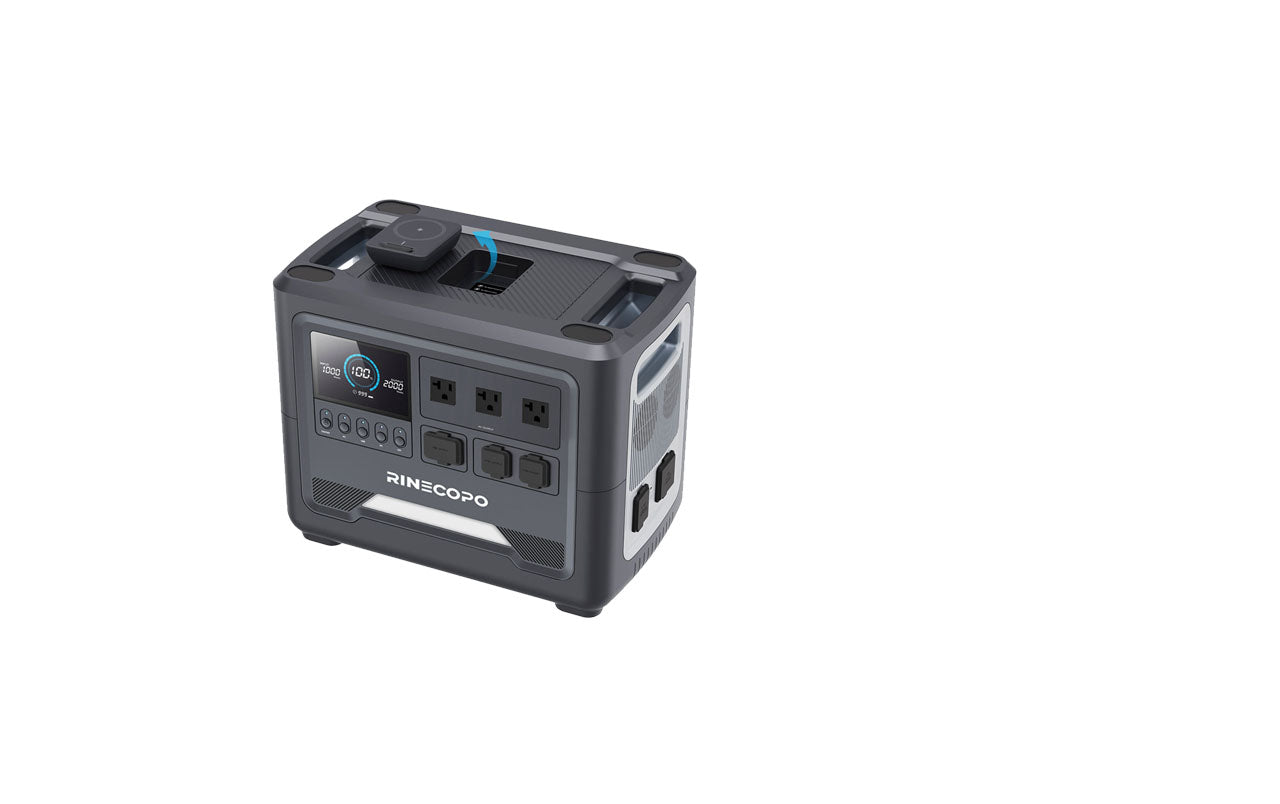
With the rise of smartphones, tablets, and laptops, fast charging has become more important than ever. Users want their devices powered up quickly so they can stay connected and productive throughout the day. To meet this demand, several fast charging standards have emerged, each with its own unique features and advantages.
This article dives into three popular fast charging standards: Power Delivery (PD), Qualcomm Quick Charge (QC), and Programmable Power Supply (PPS). We’ll compare them in terms of technical specs, charging speed, and device compatibility to help you make an informed choice for your charging setup.
Power Delivery (PD)
Technical Overview
PD is a universal fast charging standard developed by the USB Implementers Forum (USB-IF). It’s known for its flexibility and wide compatibility. PD supports voltages from 5V to 48V, currents from 0.5A to 5A, and delivers up to 240W of power. This makes it suitable for everything from smartphones to laptops.
Charging Speed
The charging speed of PD depends on the power negotiation between the charger and the device. With a high-power charger, PD can deliver up to 240W, providing rapid charging even for power-hungry devices.
Compatibility
PD is widely supported by major brands like Apple, Google, and Samsung. Most modern laptops, tablets, and smartphones are PD-compatible, making it one of the most versatile and widely adopted fast charging standards.
Qualcomm Quick Charge (QC)
Technical Overview
Qualcomm Quick Charge is a proprietary fast charging technology designed mainly for Android devices with Qualcomm Snapdragon processors. QC has multiple versions—QC 2.0, QC 3.0, QC 4.0, QC4+, and the latest QC 5—each offering different voltage levels and power outputs.
Charging Speed
QC speeds vary depending on the version and device. Some versions feature Intelligent Negotiation for Optimal Voltage (INOV), which dynamically adjusts the voltage to maximize charging efficiency. Compared to standard charging, QC significantly reduces charging time.
Compatibility
QC is popular among Android phones from brands like Samsung, LG, and OnePlus. Starting with QC 4, some iPhone models (iPhone 8 and later) also support QC. Because it’s proprietary, QC is mostly limited to devices with Qualcomm Snapdragon processors.
Programmable Power Supply (PPS)
Technical Overview
PPS is an advanced charging standard that precisely controls voltage and current during charging. It’s typically used alongside PD to boost efficiency. PPS supports dynamic voltage adjustments from 3V to 21V and precise current control.
Charging Speed
By tailoring voltage and current to the device’s exact needs, PPS minimizes energy loss and optimizes charging efficiency. It ensures fast and safe charging tailored to each device.
Compatibility
While PPS is less common than PD or QC, it’s gaining traction, especially in high-end smartphones and some chargers. As a complement to PD, PPS enhances the overall USB Power Delivery charging experience.
Quick Comparison
| Feature | PD | QC | PPS |
|---|---|---|---|
| Max Power | 240W | Varies by version (QC5 up to 100W+) | Depends on PD, dynamically adjusts voltage/current |
| Voltage Range | 5V–48V | 3.6V–20V | 3V–21V, dynamically adjustable |
| Compatibility | High, works across brands and devices | Mainly Android devices with Qualcomm processors | Growing, especially high-end phones and chargers |
| Key Advantage | Flexible and versatile, ideal for high-power devices | Fast charging for Snapdragon-based Android devices | Precise control for safe and efficient charging |
Summary
-
PD: Flexible and widely compatible—great for multi-device users.
-
QC: Speeds up charging for Snapdragon-powered Android devices; some iPhones supported.
-
PPS: Enhances efficiency within the PD framework for safe, fast charging.
As fast charging technology evolves, your choice should consider device type, brand ecosystem, and usage patterns. Picking the right standard ensures the fastest, safest, and most efficient charging experience.
Recent Posts
Blog Tags
How to Choose the Right Certified USB Cable for Your Power Bank
Choosing the right USB cable may sound trivial, but it directly impacts how well your power bank performs. The formula is simple: certification + correct wattage + shorter is better.
-
Smartphones & tablets → 60W short USB-C cable
-
Laptops → 100W or 240W certified USB-C with E-marker
-
Cars & legacy devices → USB-A to USB-C with 56kΩ resistor
The Best Smart Power Bank for City Commuting and Weekend Adventures
To choose a power bank suitable for city commuting and light outdoor use, focus on six key aspects:
-
Design Aesthetics: Attractive, comfortable, portable, and high-quality materials make your power bank a stylish daily accessory.
-
Intelligent Management: Multi-device recognition, precise battery display, and smart temperature control ensure safer, more efficient charging.
-
Fast Charging: Multi-protocol, two-way fast charging, and high output power save precious time.
-
Safety Protection: Multiple safety layers, premium battery cells, and thoughtful details keep devices and users secure.
-
Practical Use Cases: Commuting, office, light outdoor, and travel scenarios—design matches real-life needs.
-
Brand & Selection Advice: Choosing a brand like Rinecopo, with high capacity, intelligent display, and multiple fast-charge ports, is a smart choice for everyday and light outdoor use.
Maximize Your Portable Power Station: 5 Smart Hacks to Keep It Performing Like New
-
Hack 1 – Speak Its “Language”: Understanding capacity (Wh), power output (W), and input specifications is the foundation for precise energy planning and avoiding overload.
-
Hack 2 – Charge Like You Care for Its Health: Avoid overcharging or deep discharges, use the original charger, and charge within an appropriate temperature range to protect battery health.
-
Hack 3 – Adopt Elite Power Habits: Manage power loads, minimize standby consumption, and prioritize devices based on battery level to maximize usage efficiency per charge.
-
Hack 4 – Follow the “Sleep Mode” Rule for Long-Term Storage: Store in a cool, dry place at 50%-60% charge, and perform periodic calibration cycles to ensure your station wakes up fully energized.
-
Hack 5 – Trust the Brand’s Expertise: Carefully reading and following the professional guidance in the user manual is the most reliable way to unlock your device’s full potential and avoid operational mistakes.





